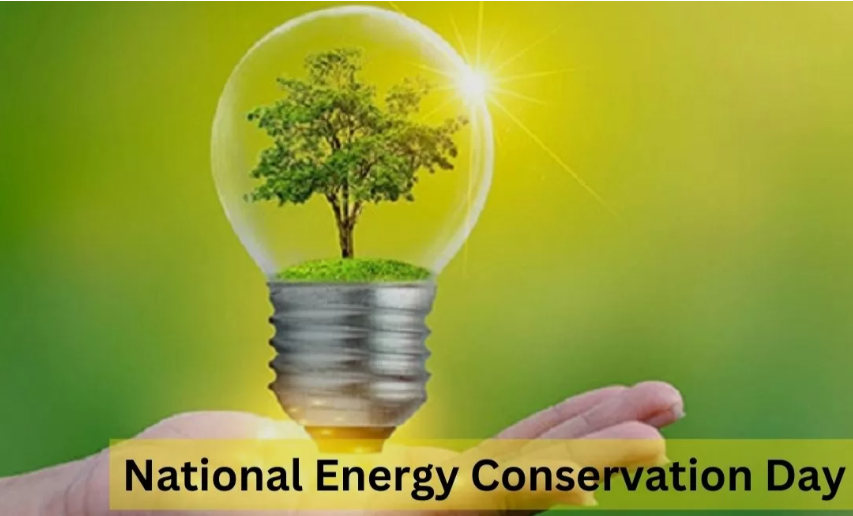




Source: HINDU
Disclaimer: Copyright infringement not intended.
Nitrogen is fifth-most abundant element in the universe, ~78% of Earth's atmosphere.
Central to life as it is present in DNA, proteins, ATP (energy molecule) and vital bodily processes like nerve transmission and blood flow.
While essential reactive forms of nitrogen are now causing environmental damage on a global scale.
|
Aspect |
Details |
|
Symbol |
N |
|
Atomic Number |
7 |
|
Molecular Form in Atmosphere |
N₂ (Diatomic Nitrogen) |
|
Key Biological Roles |
Building block of amino acids, proteins, nucleic acids (DNA/RNA) Vital for chlorophyll in plants |
|
Industrial Uses |
Fertilisers (ammonia, ammonium nitrate) Explosives (TNT, nitroglycerine) Pharmaceuticals |
|
Environmental Impacts |
Eutrophication Greenhouse gas (N₂O) emissions Smog and acid rain formation |
|
Key Processes in Nature |
Nitrogen fixation Nitrification Denitrification |
|
Major Human Interventions |
Haber-Bosch process Excessive fertiliser use |
|
Major Concerns Today |
Nitrous oxide as a potent greenhouse gas Dead zones in oceans due to nitrate runoff |
|
Process |
Description |
|
Nitrogen Fixation |
Atmospheric N₂ converted to ammonia (NH₃) by bacteria or lightning |
|
Nitrification |
Conversion of ammonia into nitrites (NO₂⁻) and nitrates (NO₃⁻) |
|
Assimilation |
Plants absorb nitrates to form proteins and nucleic acids |
|
Ammonification |
Decomposition of organic nitrogen back into ammonia |
|
Denitrification |
Conversion of nitrates back into atmospheric N₂ by bacteria |
Discovery
Fritz Haber (1907) — synthesized ammonia from atmospheric nitrogen.
Carl Bosch (BASF) — scaled it industrially with iron catalysts.
Impact
Enabled mass production of fertilisers.
Doubled global food production capacity → Rapid population growth.
Also facilitated chemical warfare (chlorine, mustard gas).
Dual-Use Nature
Fertilisers (feeding people) and Explosives (warfare).
Overuse of Fertilisers
Ammonium nitrates easily leach into water bodies → causing eutrophication.
Algal blooms → Oxygen depletion → Dead zones in oceans (e.g., Gulf of Mexico).
Air Pollution
NO and NO₂ gases (NOₓ) from engines contribute to smog, acid rain, and respiratory diseases.
Greenhouse Gas Effect
N₂O (Nitrous Oxide)
Third most important greenhouse gas after CO₂ and CH₄.
Traps heat in the troposphere.
300 times more potent than CO₂ per molecule.
Major contributor: industrial agriculture (excessive nitrogen fertiliser use).
|
Concern |
Implication |
|
Climate Change |
N₂O contributes significantly to global warming. |
|
Biodiversity Loss |
Eutrophication destroys aquatic ecosystems. |
|
Human Health Risks |
Air pollution from NOₓ causes asthma, lung diseases. |
|
Soil Health Degradation |
Over-fertilisation damages natural soil fertility. |
Promote Precision Agriculture: Optimised fertiliser use based on soil testing.
Use natural compost and crop rotation to maintain nitrogen balance.
Adopt Nitrification Inhibitors which are chemicals that slow down nitrification and reduce N₂O emissions.
Restore Wetlands as they are Natural denitrifiers; remove nitrates before they reach oceans.
Integrate nitrogen management in global climate change frameworks (like Paris Agreement).
Sources:
|
PRACTICE QUESTION Q.Nitrogen, the invisible lifeline for all forms of life, is also emerging as an invisible threat to our planet's health. Discuss. (250 words) |







© 2025 iasgyan. All right reserved